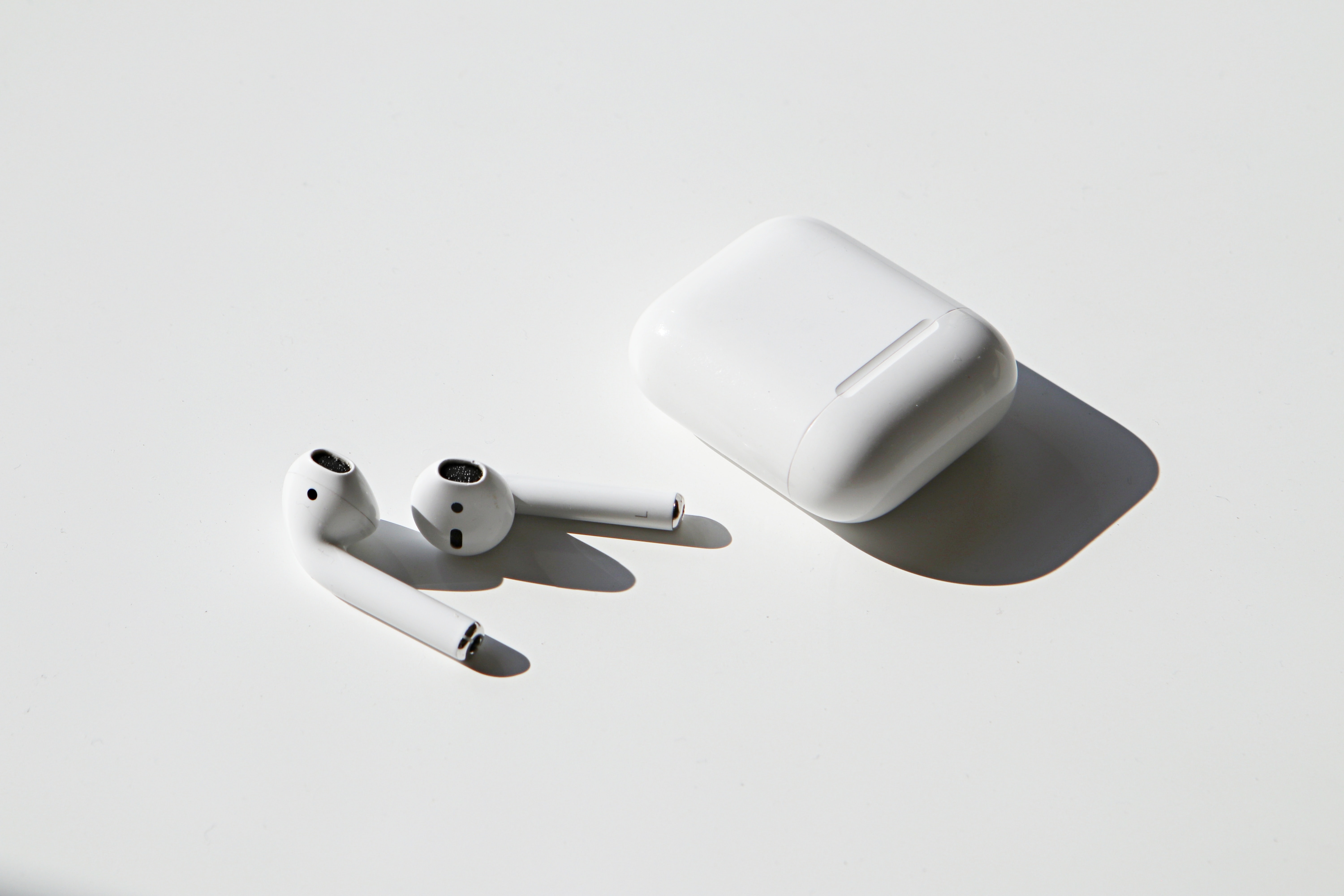Annie Guest: Now to the fake Picasso ruse in Tasmania. Is it pure artistic expression or a fantastic publicity stunt for the privately owned Museum of Old and New Art, or MONA? Local artist Kirsha Kaechela, and wife of MONA’s founder, stirred controversy this week when she admitted she faked some Picasso paintings. The artworks had already made global headlines after being moved to MONA’s female toilets after a failed bid to exclude men from a woman-only art installation. Sarah Maunder reports.
Sarah Maunder: A toilet cubicle is probably the last place you’d expect to see a Picasso painting, and if that’s on your bucket list, unfortunately you’ll have to keep waiting for that opportunity. In an online confession, artist Kirsha Kaechela admitted she painted the Picassos hanging in the MONA bathroom herself. Andrew Harper is a Tasmanian art critic.
Andrew Harper: It seemed to be typically Kirsha. She likes pranks, making trouble and stirring things up.
Sarah Maunder: Kirsha Kaechela is an artist and the wife of MONA’s owner, David Walsh. She was behind an installation known as the Ladies’ Lounge, a space within the museum that was exclusively for women. But earlier this year, the Tasmanian Civil and Administrative Tribunal ruled that the Ladies’ Lounge exhibit was discriminatory for refusing to allow entry to men. In response, Kirsha Kaechela hung the faked Picassos in a ladies’ bathroom. Andrew Harper again.
Andrew Harper: So if Kirsha meant to cause a kerfuffle, which is likely because she does that, then that’s exactly what she’s done.
Sarah Maunder: And Picasso himself was quite a controversial figure too?
Andrew Harper: Oh completely. I mean like we’re going through an interesting period now where we’re looking at him as a, oh he’s not a very nice guy, particularly to women. So there’s a level of pertinency with these stuff about the Ladies’ Lounge and a feminist reinvigoration of how we understand art.
Sarah Maunder: Kirsha Kaechela was forced to admit the paintings were faked after inquiries from journalists and the Picasso administration. Melbourne arts lawyer Alana Kushnir says the legal ramifications of the faked pieces will be difficult to figure out.
Alana Kushnir: And under Australian copyright law, for example, it may cross the boundary into copyright infringement. But to be able to prove copyright infringement, it’s not so straightforward.
Sarah Maunder: Joanna Mendelson is an honorary senior fellow at the University of Melbourne in the School of Culture and Communication.
Joanna Mendelson: Well, look, if you had a fake Picasso and you sold it as a real Picasso, yes. If you knowingly made a fake Picasso and tried to pass it off as a real Picasso without admitting when you were challenged, yes, there could be problems. But Picasso has seriously been faked. Also, Picasso himself faked, if you like. Picasso painted paintings after the style of other artists. One of the Picassos that she, fake inverted commas Picassos that she painted was based on a painting she saw, which was Picasso taking off Manet. So it happens.
Sarah Maunder: The Picasso administration has since said it won’t take any action against the museum after Kirsha Kaechela apologised to them for the stunt. Professor Robyn Slogget is an art conservator at Melbourne University’s Grimwade Centre for Cultural Materials Conservation.
Robyn Slogget: Picasso pushed boundaries. Like if Picasso Foundation comes back and says, well, we won’t have Picasso or the name Picasso used in any groundbreaking new artwork. Where does that leave them? So I think, you know, it’s complex, but it’s all straightforward what’s going on here. And I think all the parties understand that. People who have given it consideration understand that. And it’s really valuable that we’re now discussing it and that Kirsha has got this kind of press for this type of discussion.
Annie Guest: Art conservator Professor Robyn Slogget ending that report by Sarah Maunder.



